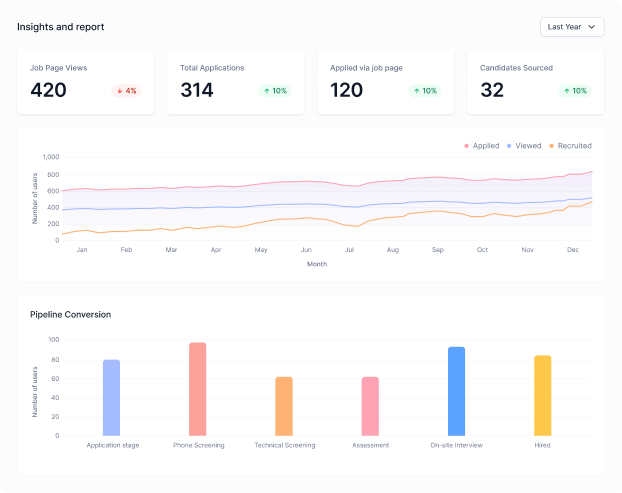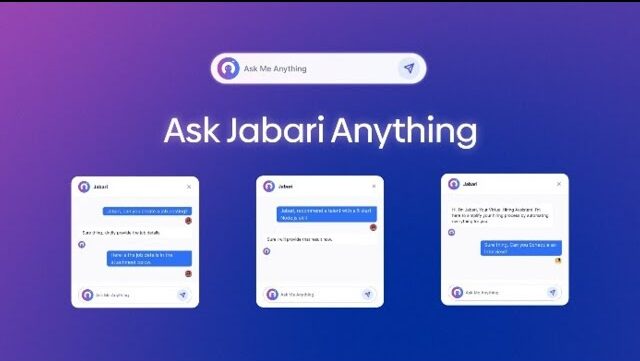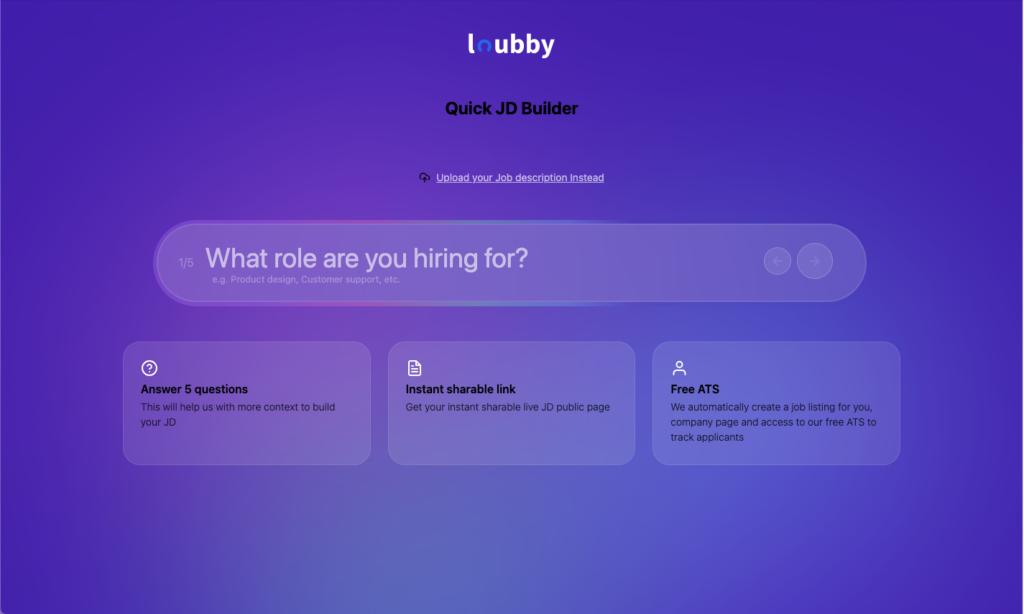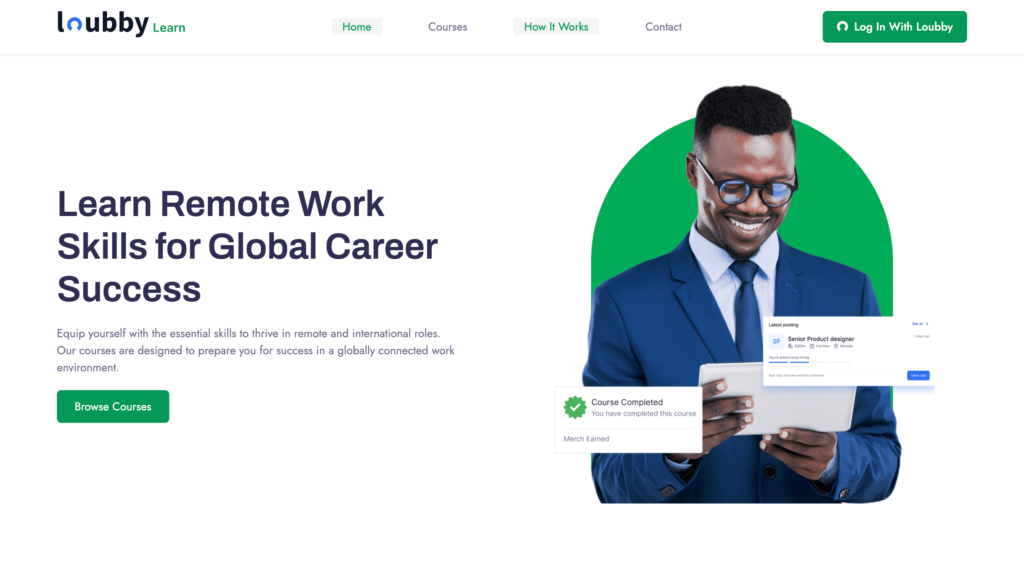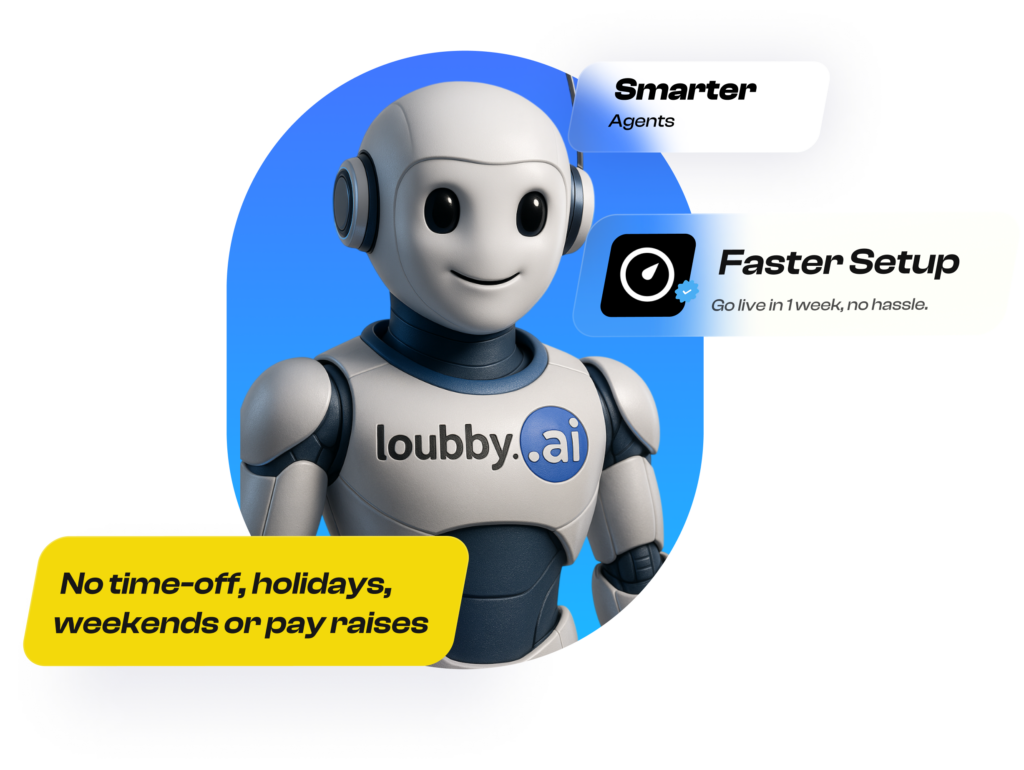Gone are the days when hiring managers relied on newspaper ads, walk-in interviews, and thick stacks of paper resumes. Nowadays, in our digital world, companies often find themselves drowning in applications for every job opening, making it tough to spot top talent quickly. Despite all the tech advancements, many businesses still cling to outdated hiring processes that slow everything down, create unnecessary hurdles, and sap productivity.
Why Traditional Recruitment Methods Fall Short
When it comes to recruitment, without the right tools, the process can quickly turn chaotic and time-consuming. Here are some of the biggest challenges that recruiters face without an Applicant Tracking System (ATS):
Overwhelming Candidate Applications
With job postings reaching a global audience, it’s not uncommon for companies to receive hundreds, sometimes even thousands, of applications for a single position. Manually sifting through this mountain of resumes is exhausting and increases the chance of missing out on highly qualified candidates. Without an ATS, recruiters often have to rely on slow, error-prone methods, turning hiring into a daunting challenge.
Inefficient Screening Processes
Traditional methods heavily depend on human effort to evaluate resumes, compare qualifications, and shortlist candidates. This manual approach is not only time-consuming but can also lead to inconsistencies, biases, and costly hiring mistakes. With an inefficient screening process, top candidates might slip through the cracks, while less qualified applicants may move forward simply because they caught someone’s eye first.
Poor Collaboration Between Hiring Teams
Hiring shouldn’t rest on just one person’s shoulders. It requires smooth collaboration among HR managers, department heads, and interviewers. However, without a centralized system, communication gaps appear, feedback gets buried in endless email threads, and making decisions can become sluggish. This lack of transparency and teamwork can lengthen hiring cycles, leaving both recruiters and candidates feeling frustrated.
An Applicant Tracking System (ATS) can streamline all of this by automating dull tasks, enhancing team collaboration, and ensuring that the best talent is hired more efficiently. But what exactly makes ATS a true game-changer? Let’s dive into the must-have features that can transform your hiring process.apart from the rest.
What Makes an ATS Essential?
Companies that want to attract and keep top talent need to embrace more modern solutions. This is where an Applicant Tracking System (ATS) comes into play. An ATS is essential for organizations aiming to build a really strong workforce. By automating various administrative tasks, centralizing candidate information, and offering valuable hiring insights, an ATS completely transforms how companies find, assess, and onboard new talent.
The Role of AI and Automation in Recruitment
Unlike traditional methods that involve a lot of manual work, an ATS harnesses the power of automation and data analysis to make the hiring process smoother. With features like smart resume parsing and predictive analytics, AI helps eliminate inefficiencies and ensures that hiring decisions are based on solid evidence rather than guesswork.
Benefits of Using an ATS
1. A Unified Talent Pipeline
Juggling multiple job openings across various departments can feel overwhelming. An ATS gathers all candidate information in one organized database. This means tracking application progress, retrieving resumes, and building a quality talent pool for future needs becomes much easier. Say goodbye to lost resumes and mismatched spreadsheets—everything you need is right at your fingertips.
2. Faster Decision-Making Through Data Insights
Recruitment shouldn’t be a hit-or-miss process. An ATS provides real-time analytics and performance metrics that empower hiring teams to make informed decisions. By analyzing applicant engagement, application trends, and hiring efficiency, recruiters gain actionable insights that enhance recruitment strategies and shorten the time it takes to fill positions.
3. Smooth Communication and Collaboration
Hiring is a team effort, so effective collaboration is key to securing the best candidates. An ATS ensures that everyone involved– recruiters, hiring managers, and interviewers stays in sync. It acts as a centralized hub for sharing feedback, interview notes and making decisions. With automated notifications and access tailored to individual roles, teams can easily share evaluations and keep the hiring process moving without any hiccups.
In essence, an ATS revolutionizes the recruitment process. By integrating automation, AI, and data-driven insights, organizations can streamline their hiring efforts, reduce bias, and build strong teams with confidence. Now, let’s dive into the must-have features that truly set an ATS apart.
10 Essential Features Your Applicant Tracking System (ATS) Should Have
Choosing the right applicant tracking software can significantly impact the efficiency and effectiveness of your hiring process. With so many options available, it’s crucial to identify which features will genuinely enhance your recruitment efforts. Here’s a look at ten must-have features that can take your ATS to the next level.
1. AI-Powered Resume Screening
Sifting through hundreds or even thousands of resumes can feel overwhelming. An ATS that incorporates AI can alleviate this burden by automatically filtering candidates based on key criteria like skills and experience. This means that only the most suitable applicants are highlighted, saving recruiters valuable time.
2. Customizable Workflows
No two companies are alike, and your hiring process should reflect your unique needs. A top-notch ATS should allow you to customize recruitment workflows tailored to different roles or departments. Whether you require extra screening rounds or specific approval steps, having the flexibility to adjust your processes is essential.
3. Seamless Job Board Integration
Manually posting job openings can drain time and resources. A comprehensive ATS will automate job distribution, allowing you to share listings across multiple job boards, career sites, and social media platforms with just one click. This broadens your reach and improves your chances of attracting high-quality candidates.
4. Automated Candidate Communication
Keeping candidates in the loop throughout the hiring process enhances your employer brand. An ATS with automated email responses and chatbots ensures timely communication, reducing the likelihood of ghosting. Features like automated follow-ups, interview reminders, and personalized messages help keep applicants engaged from start to finish.
5. Collaborative Hiring Tools
Recruitment is a team effort that involves insights from various stakeholders. Your ATS should foster collaboration by providing shared access for hiring managers, recruiters, and interviewers. Features such as real-time feedback, scorecards, and approval workflows promote alignment, ensuring that decisions are made quickly and effectively.
6. Advanced Analytics & Reporting
Relying on data for hiring decisions can make a world of difference. A solid ATS will offer deep insights into important recruitment metrics, such as time-to-fill, source effectiveness, and candidate conversion rates. These analytics empower businesses to refine their strategies and identify areas for improvement.
7. Mobile Accessibility
Hiring isn’t always confined to the office. A mobile-friendly ATS allows recruiters to review applications, schedule interviews, and communicate with candidates on the go, ensuring that the recruitment process remains uninterrupted, no matter where you are.
8. Integrated Interview Scheduling
Coordinating interviews across different time zones can be tricky. An ATS equipped with AI-powered interview scheduling can automate this process by syncing everyone’s availability, sending invites, and avoiding conflicts. This feature saves precious time for both recruiters and candidates.
9. Compliance & Data Security
Given the sensitive nature of hiring data, compliance is critical. The best ATS platforms prioritize GDPR compliance, data encryption, and secure access controls, protecting both candidate and company information and ensuring the recruitment process adheres to all legal requirements.
10. Scalability & Integration
As your business grows, so will your hiring needs. A future-proof ATS should be scalable and integrate seamlessly with HRIS, payroll, and performance management systems. This ensures a smooth transition from recruitment to onboarding, supporting your organization’s long-term goals.
Choosing the Right ATS for Your Business
Finding the right applicant tracking software (ATS) can really change the game when it comes to recruitment. A well-designed ATS streamlines the hiring process, making it smoother and more efficient. It automates resume screening, simplifies job postings, boosts collaboration among team members, and helps ensure compliance, empowering your company to attract, assess, and hire the best talent quickly.
But not every ATS is built the same. It’s essential for businesses to take a close look at their hiring challenges, decide what features are must-haves, and choose a solution that aligns with their unique recruitment needs. The ideal ATS should be more than just a storage tool; it should be a flexible, AI-enhanced partner that grows alongside your organization.
Ready to Take Your Hiring to the Next Level?
If you’re on the hunt for the perfect ATS, why not explore how Loubby AI can transform your
hiring approach? Let’s get started today!
